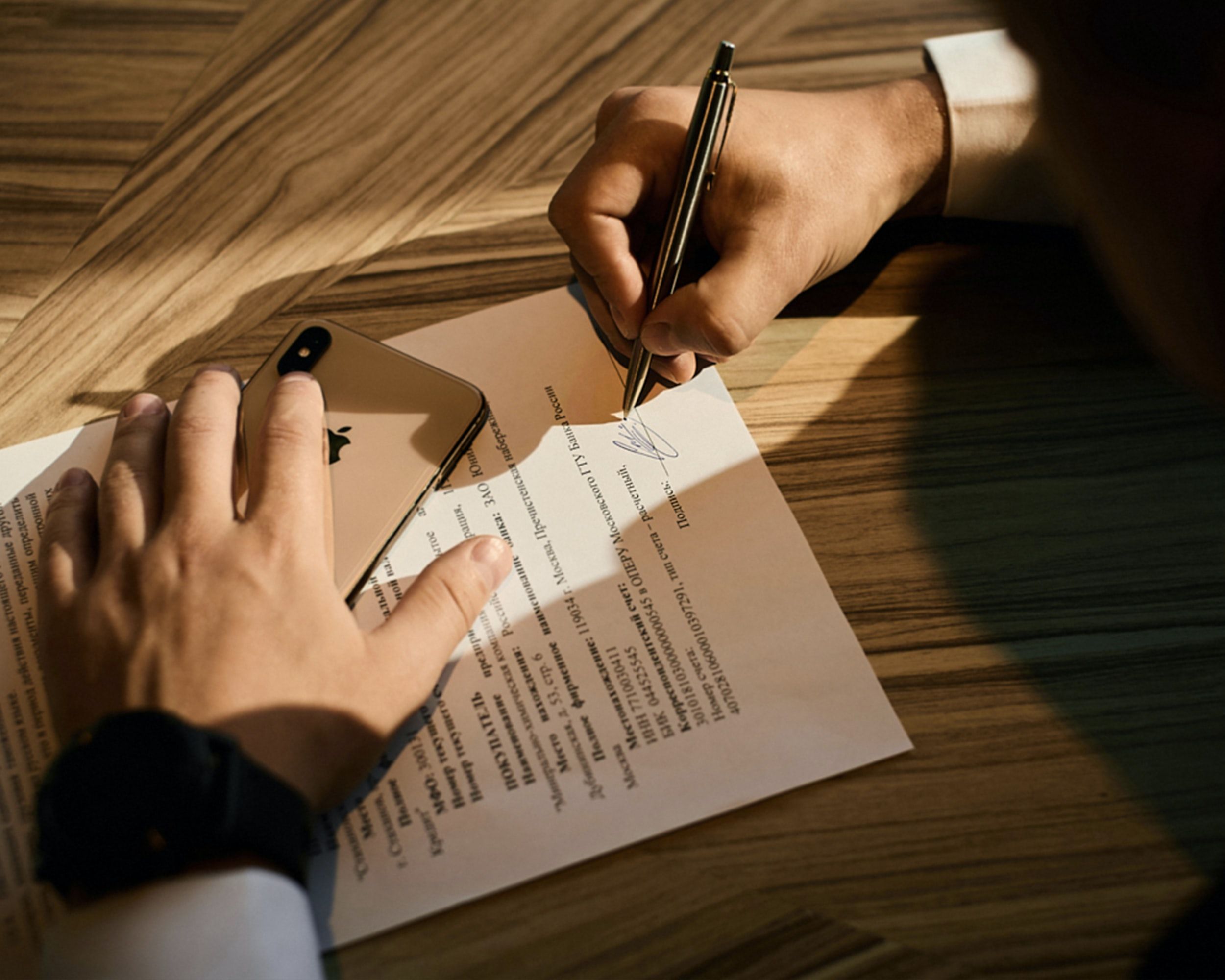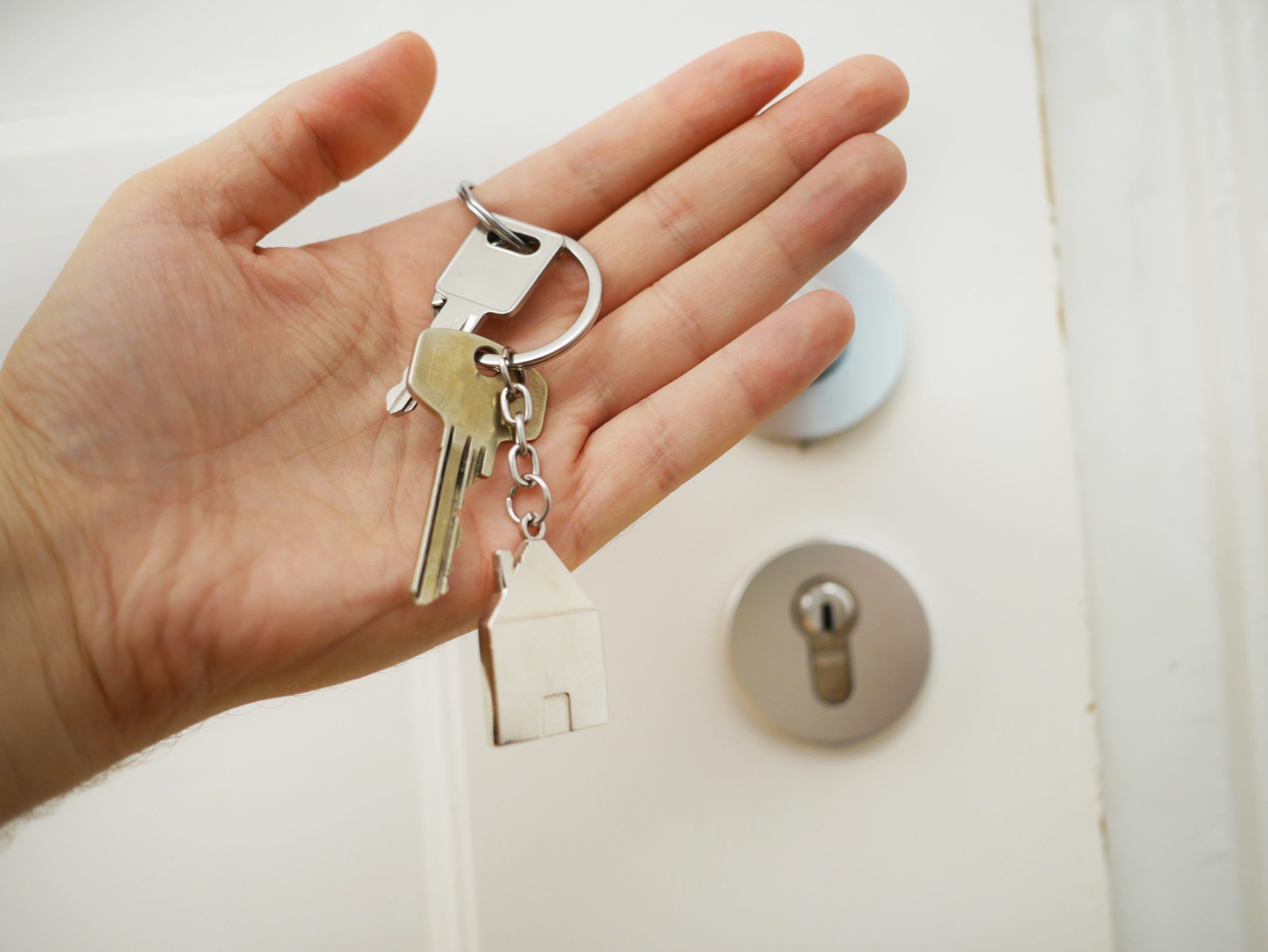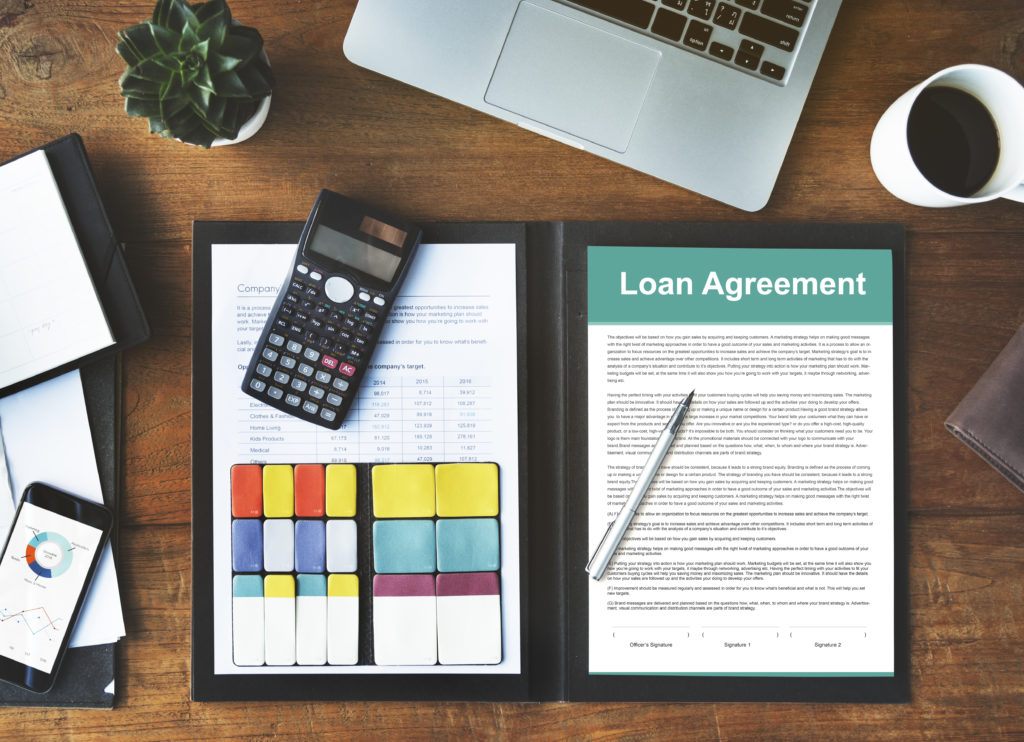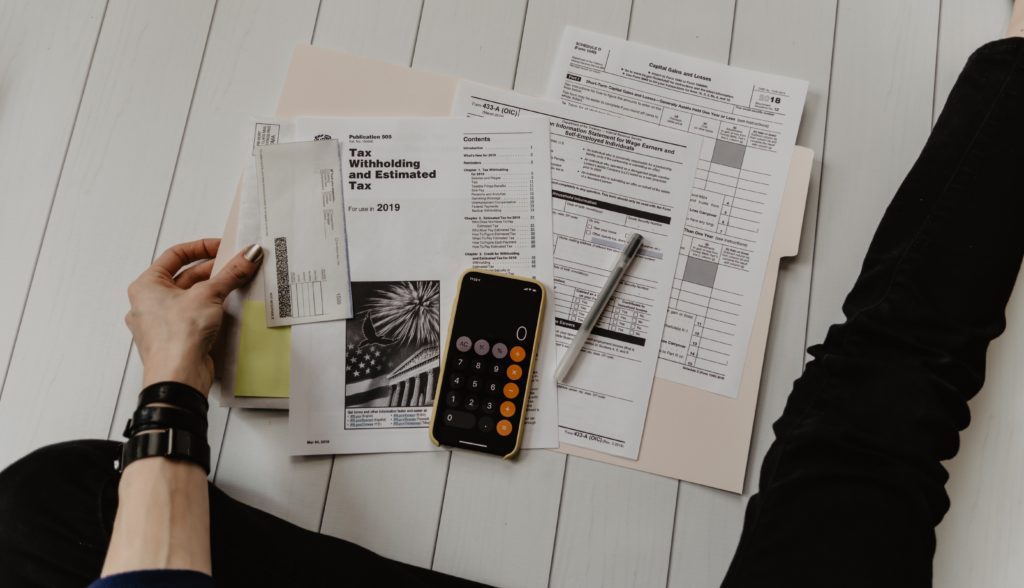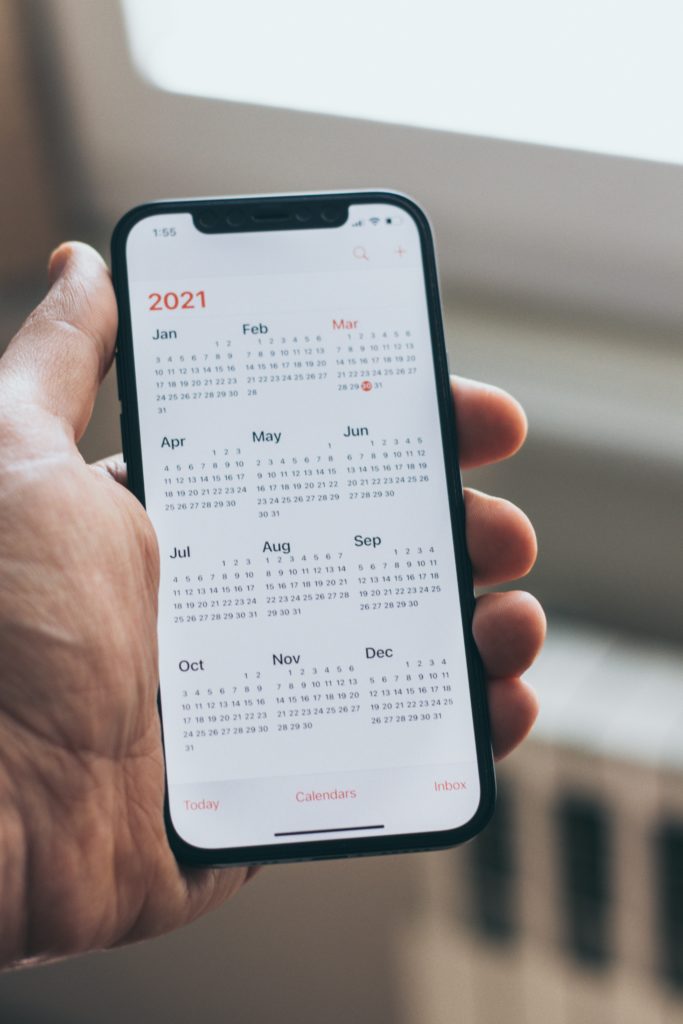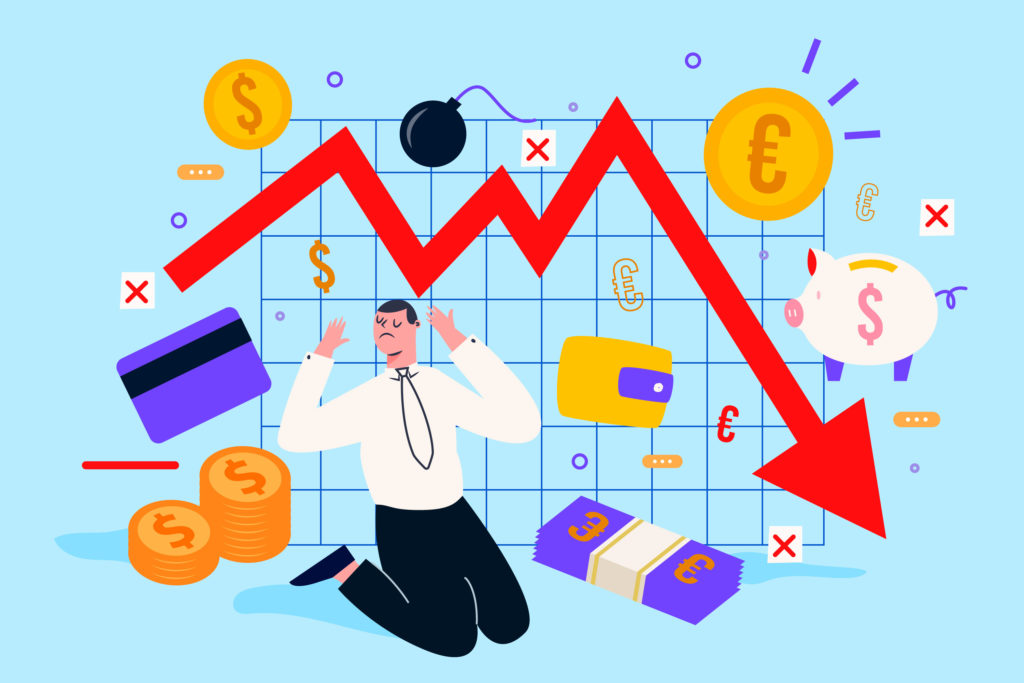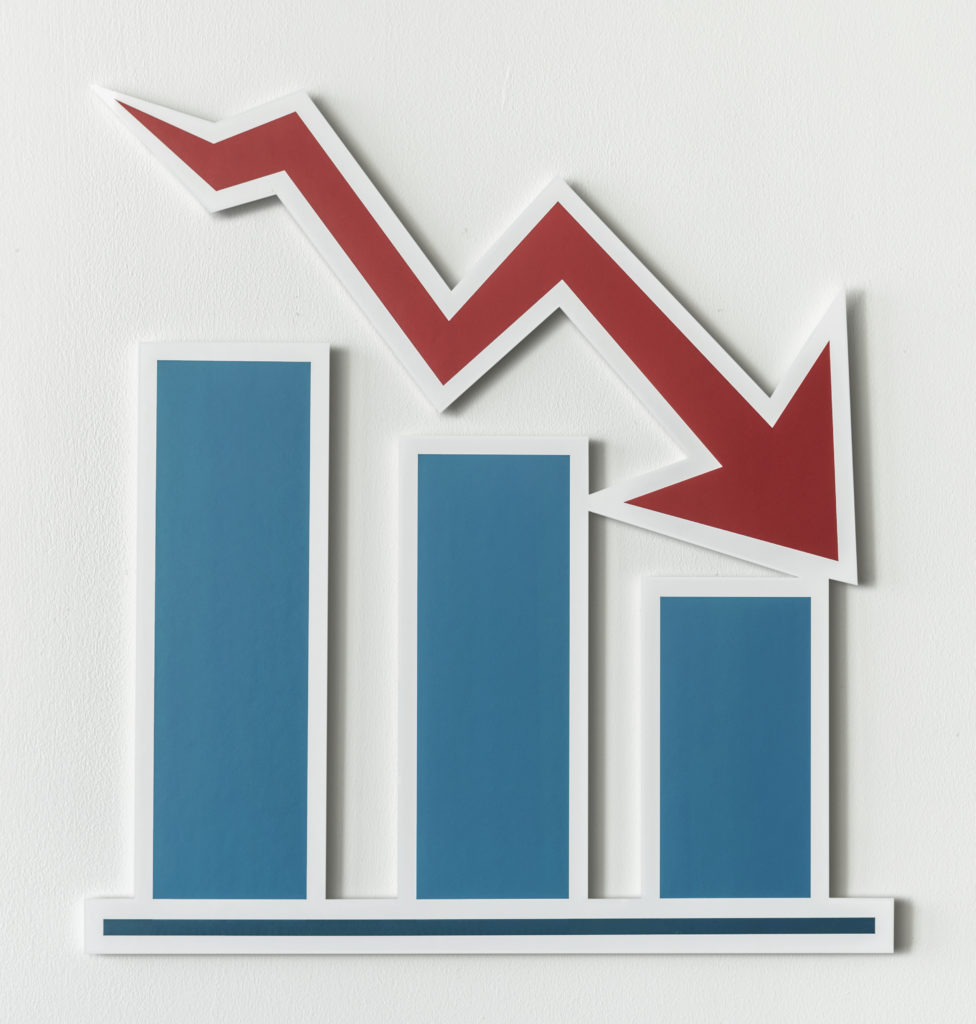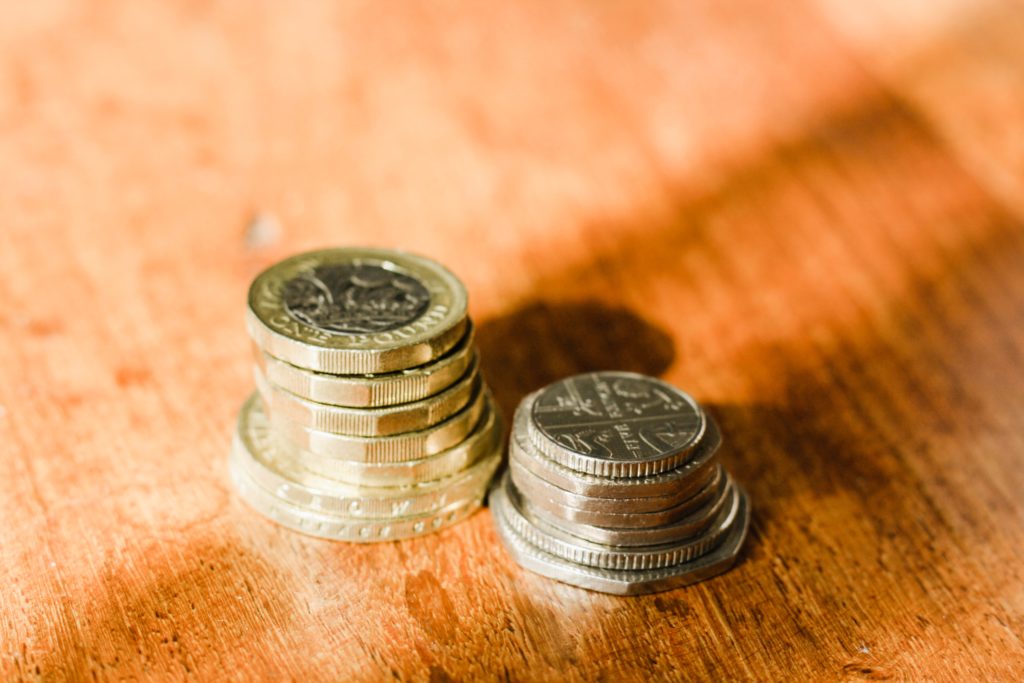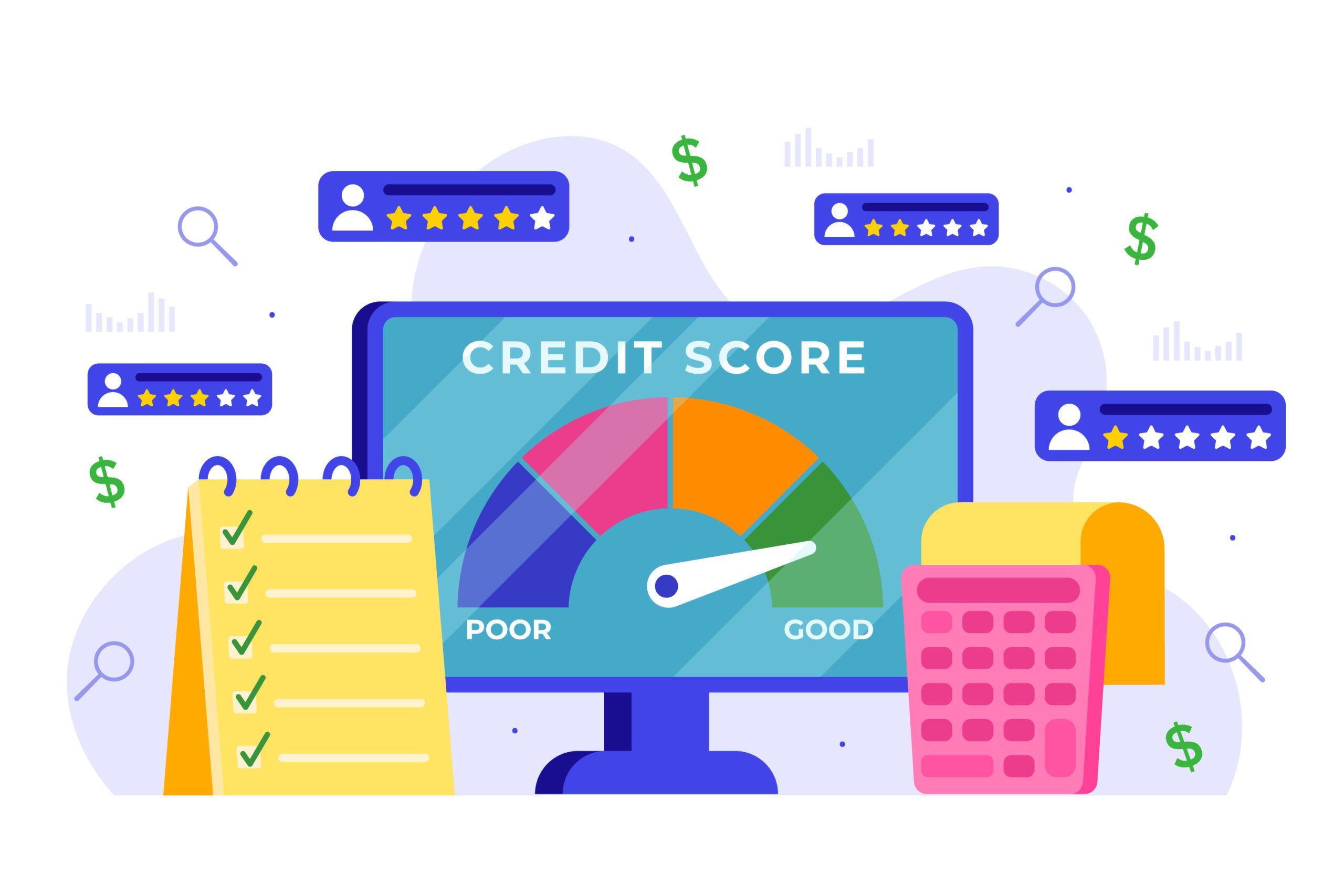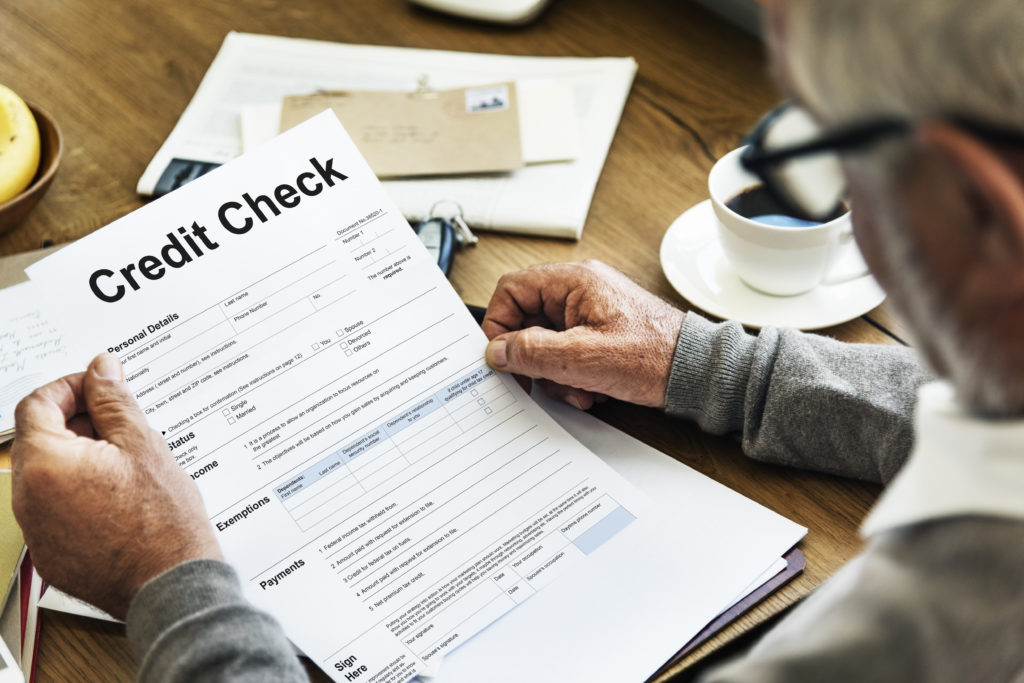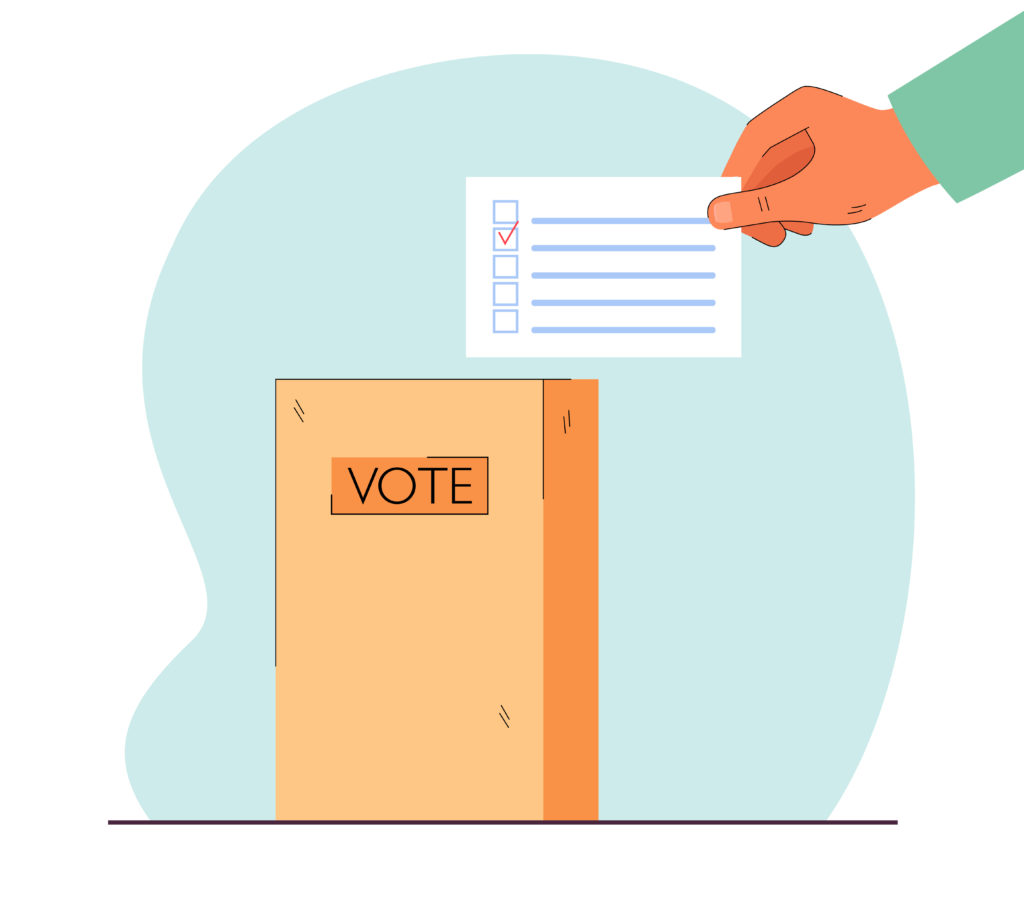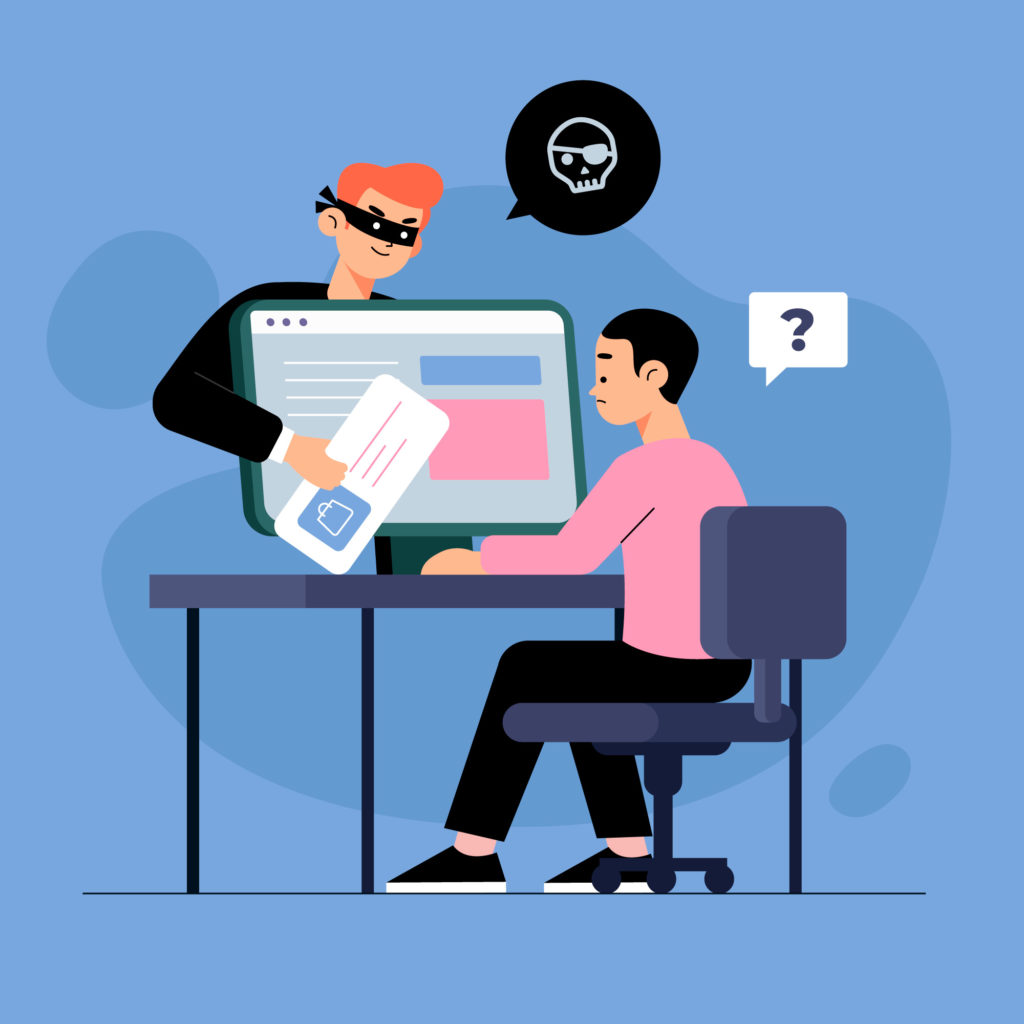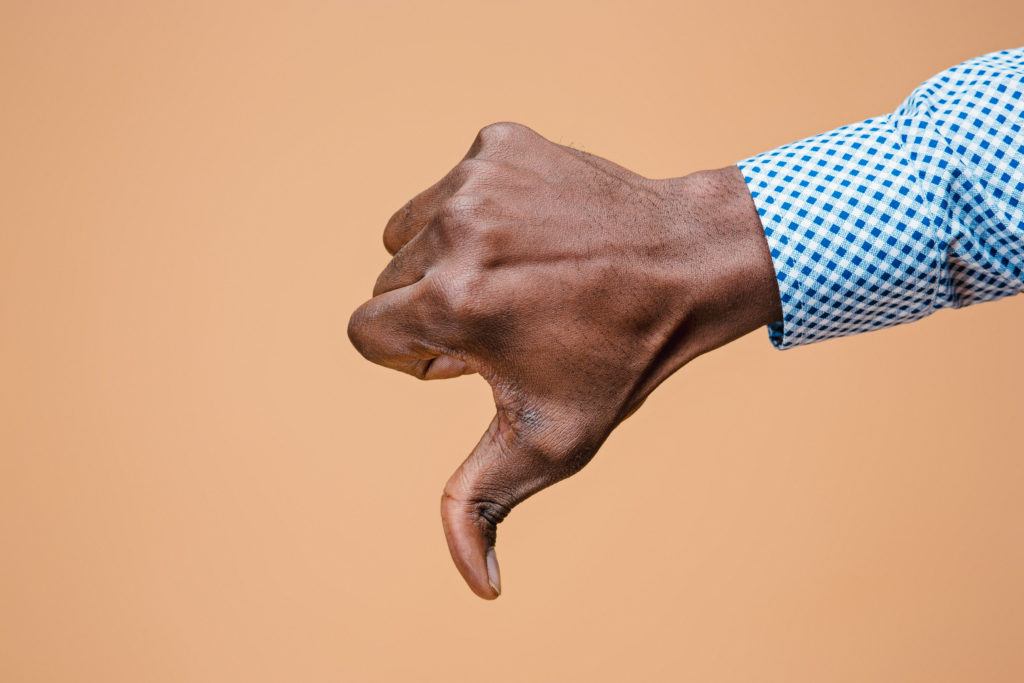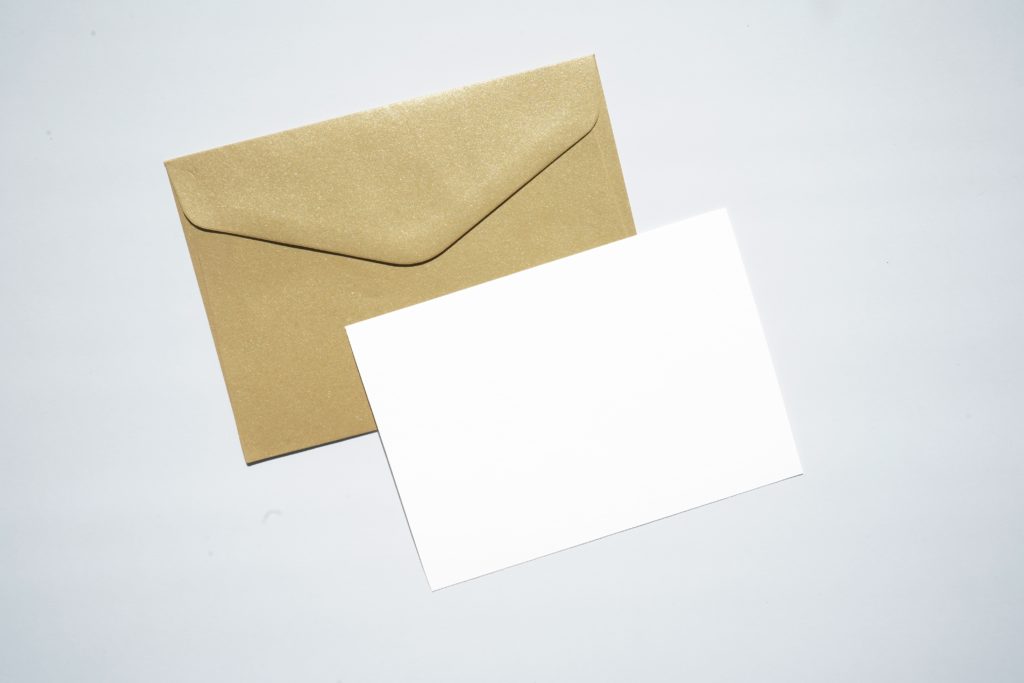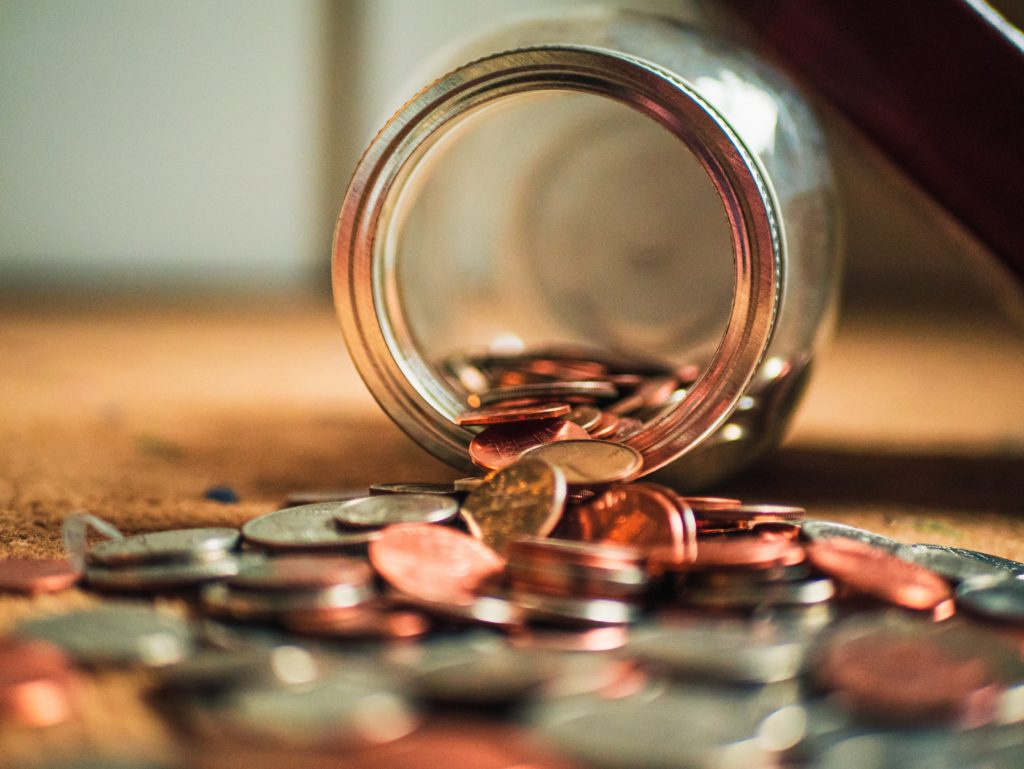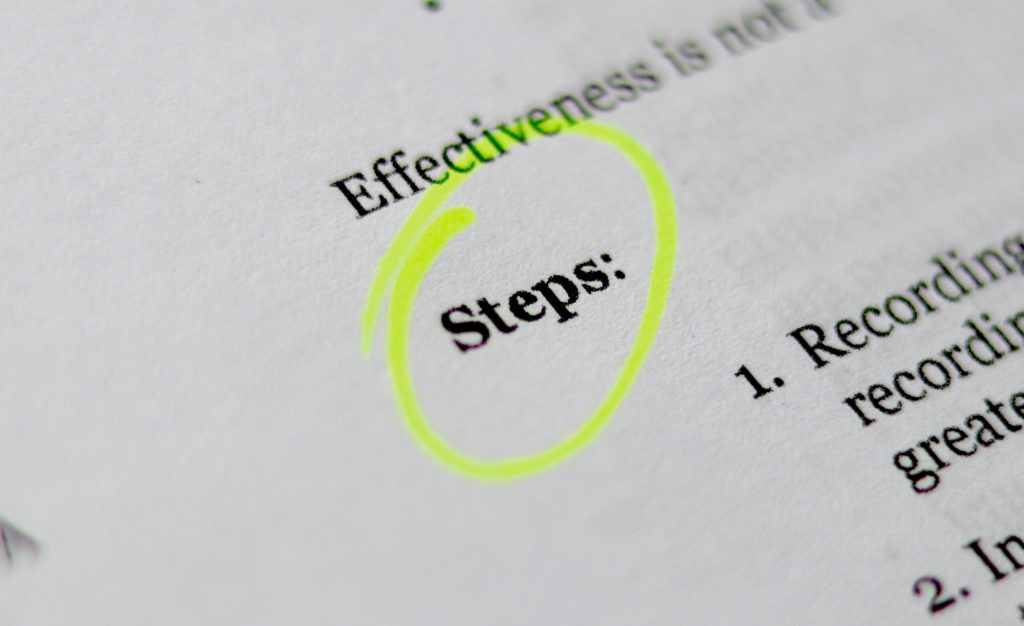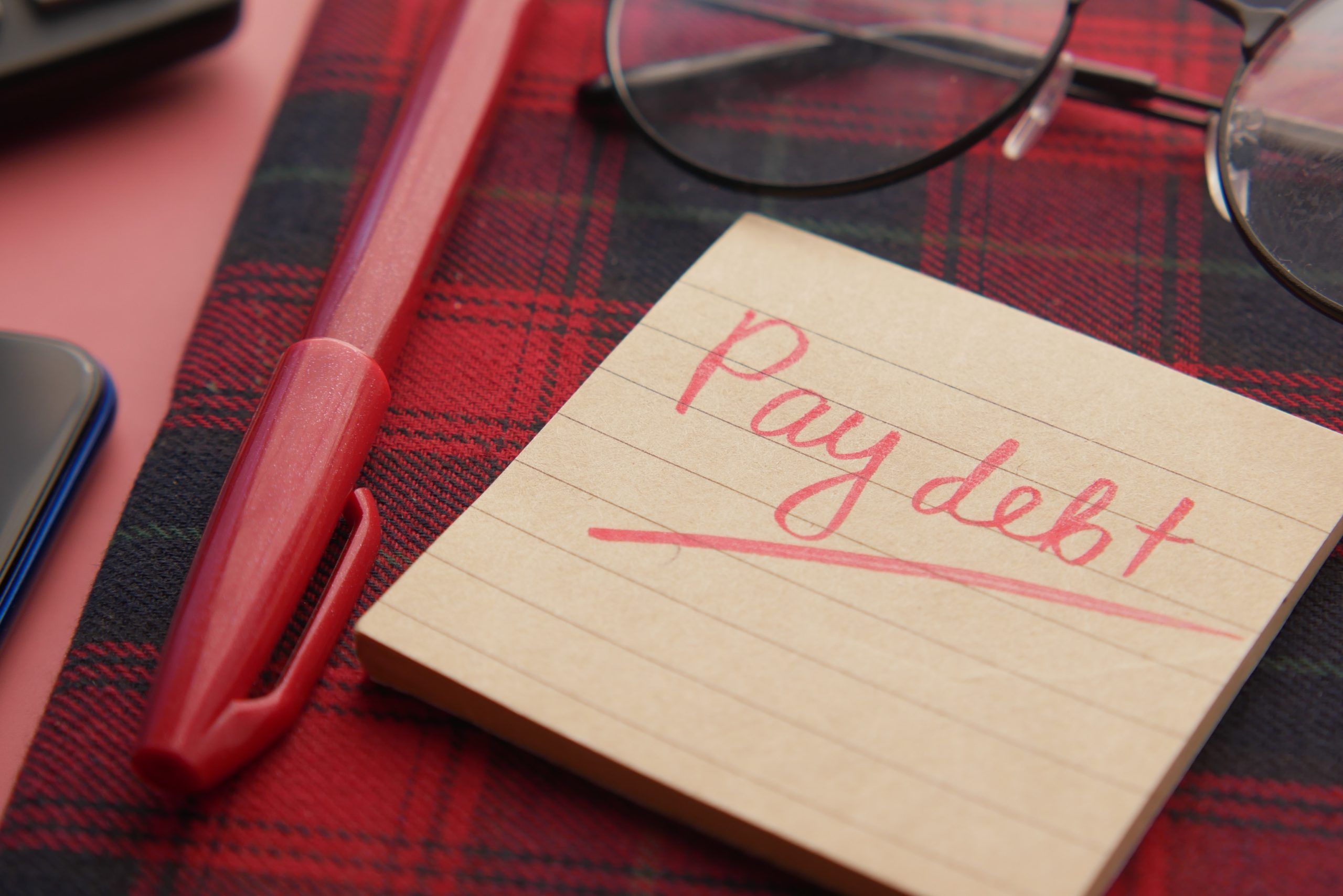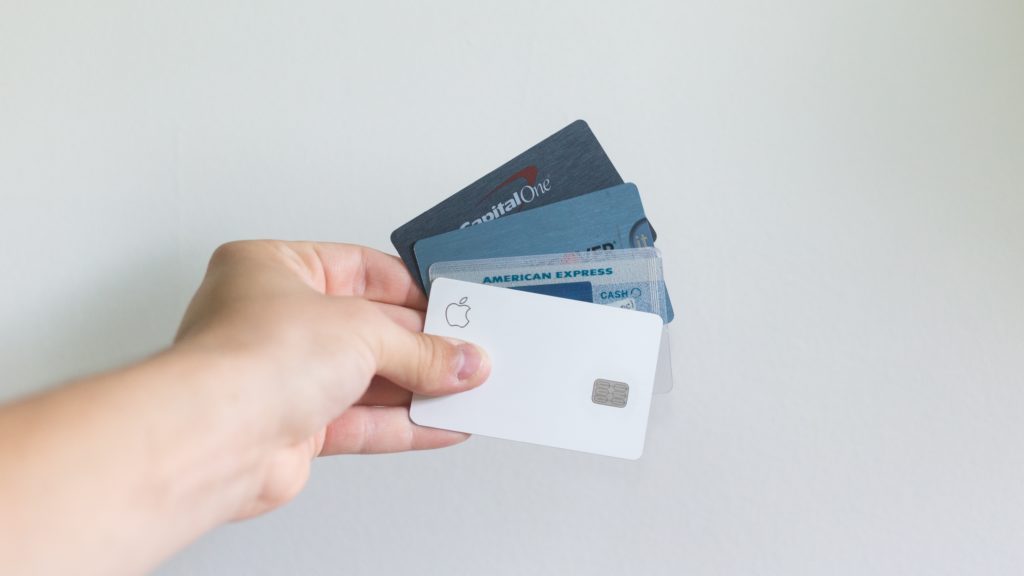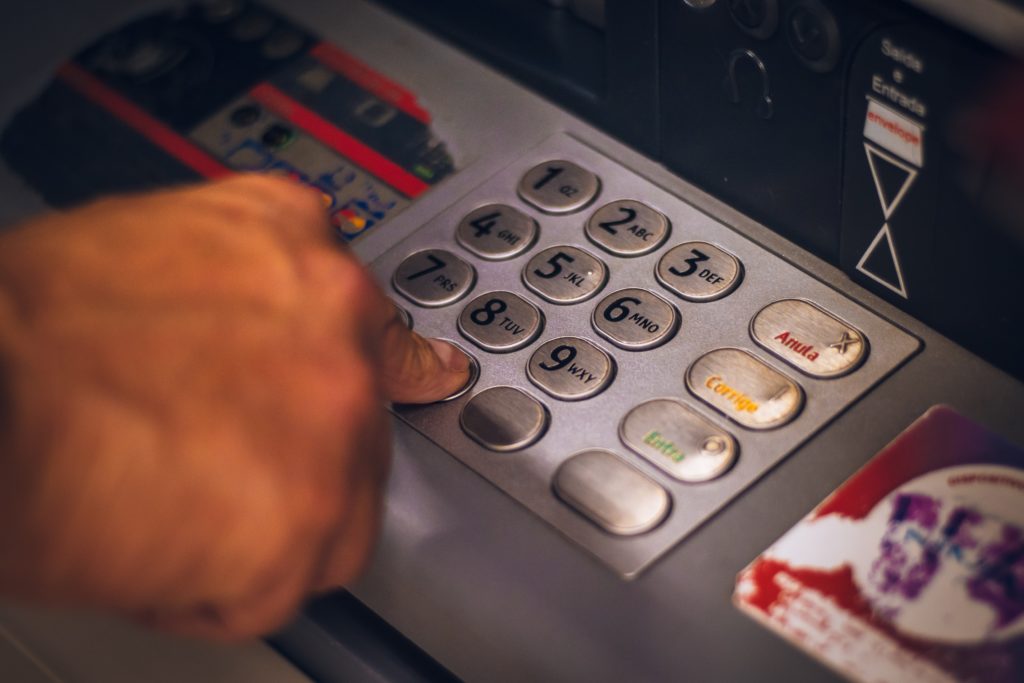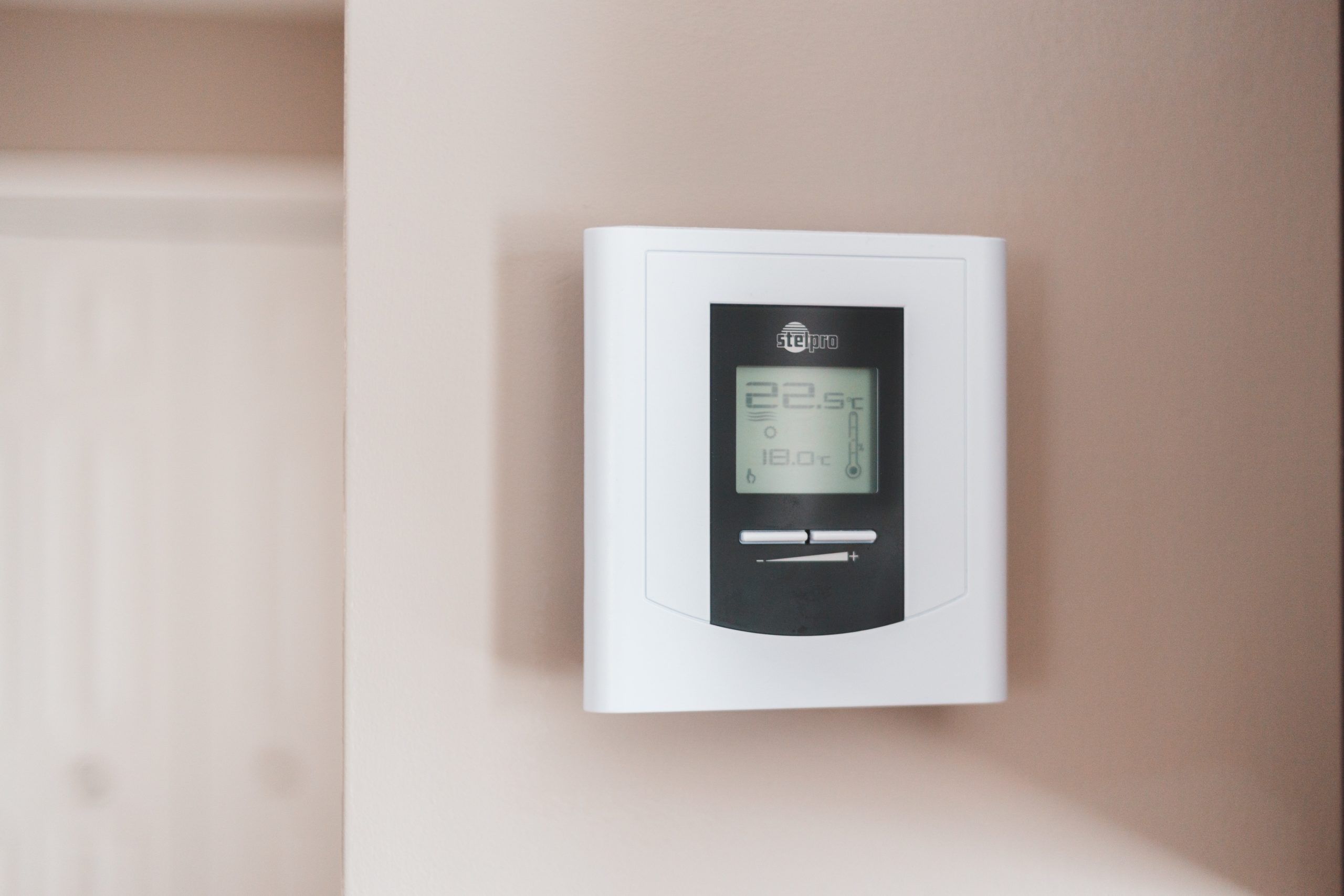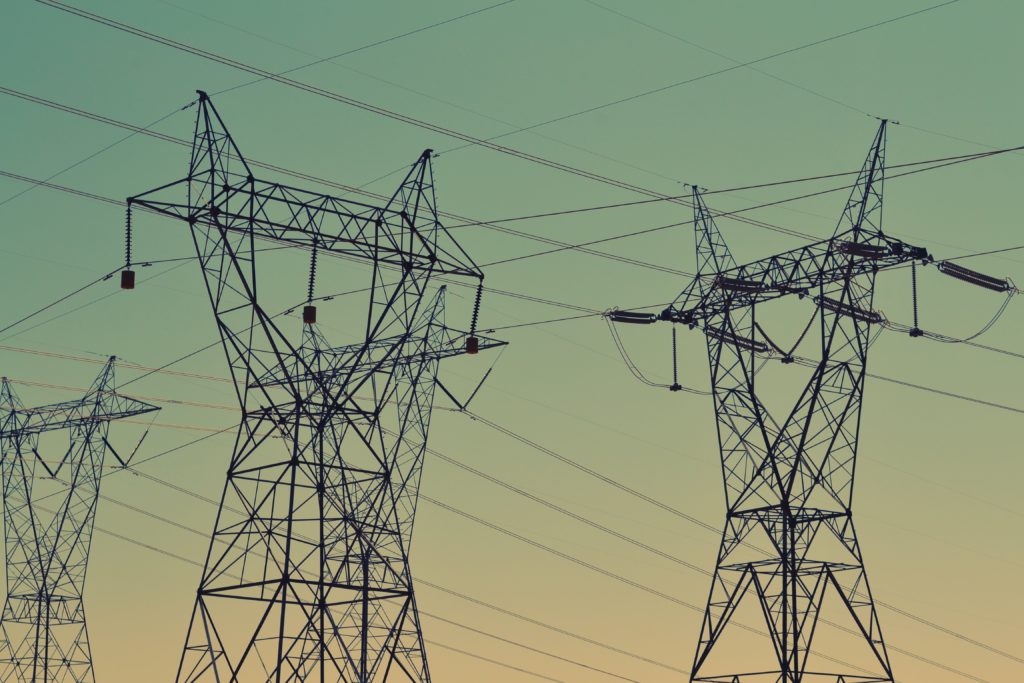12 Debts That Can Be Included in an IVA
An IVA (Individual Voluntary Arrangement) is an effective debt solution for many people and it may allow you to write off a portion of your debts. Although there is no limit on the amount of debt that can be included, only certain types of debt can be included in an IVA – here are 12 that can.
1. Catalogues

Catalogues are used by many people as a convenient way of purchasing goods and spreading costs over a period of time. Catalogue debts tend to have high interest rates, so many people find themselves unable to pay. Your catalogue debts can be included in an IVA, however you should stop purchasing items in this way in order to manage your monthly budget going forward.
2. Credit cards
If you’re struggling with credit card debt you may have previously managed this through transferring balances on to other cards and trying to keep your minimum repayment as low as possible. For many people there comes a point where credit card repayments, especially when coupled with other streams of lending, become unmanageable within their monthly budget. Credit card debts are another common unsecured debt that you can write off with an IVA.
3. Personal loans
For many people struggling with debt, an unsecured loan repayment can feel difficult to pay as it is one fixed monthly repayment, with little flexibility. It can often be larger than other debt repayments that you are faced with each month, particularly if you’ve used this to consolidate other debts from the past. Unsecured personal loans are included in an IVA.
4. Overdrafts
Overdrafts are commonly used as a convenient way to access funds to meet monthly repayments on credit or bills. People struggling with their finances often find it difficult, or impossible, to get themselves out of their overdraft. In this situation people are often at risk of incurring additional penalty charges by accidentally going over their overdraft limit which only makes their problem worse. Overdrafts are included in an IVA. It is advisable to change banks to a provider to which you don’t owe money before entering into an IVA – any accounts to which you owe money will be frozen when you declare insolvency.
5. Gas and electricity debt
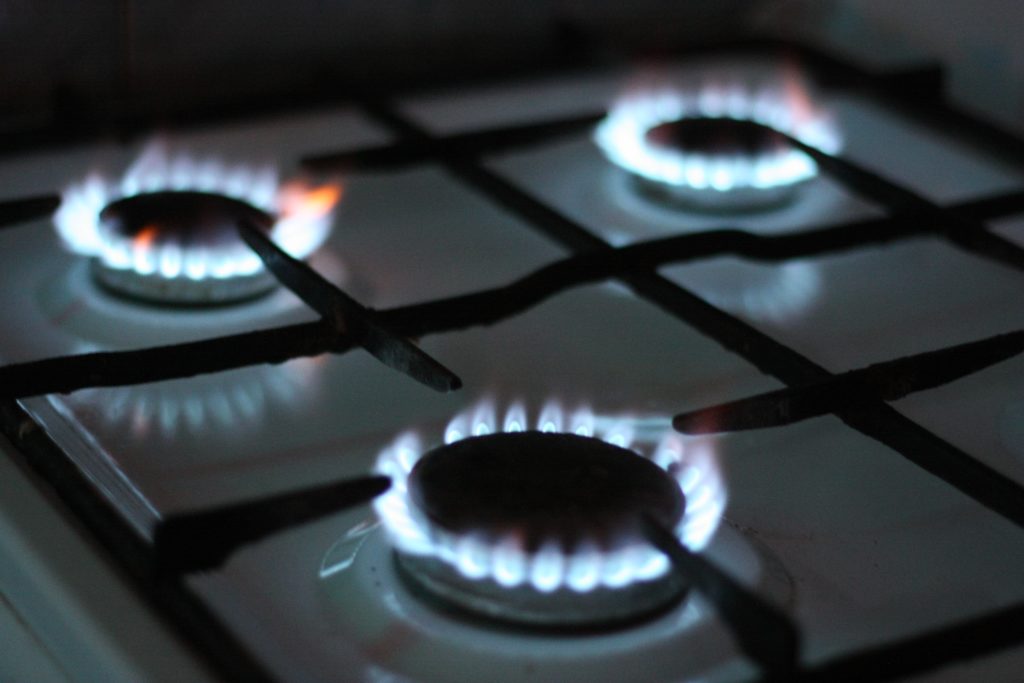
It’s quite common for people struggling with debts to build up arrears with their utility providers. These are unsecured debts, so they are also included in an IVA. This can include debts from a previous property as well as your current home. It is important to remember that you will be responsible for making payment to your ongoing usage after entering an IVA, the monthly repayments for your utility bills will be taken into account when carrying out your budget assessment.
6. Water arrears
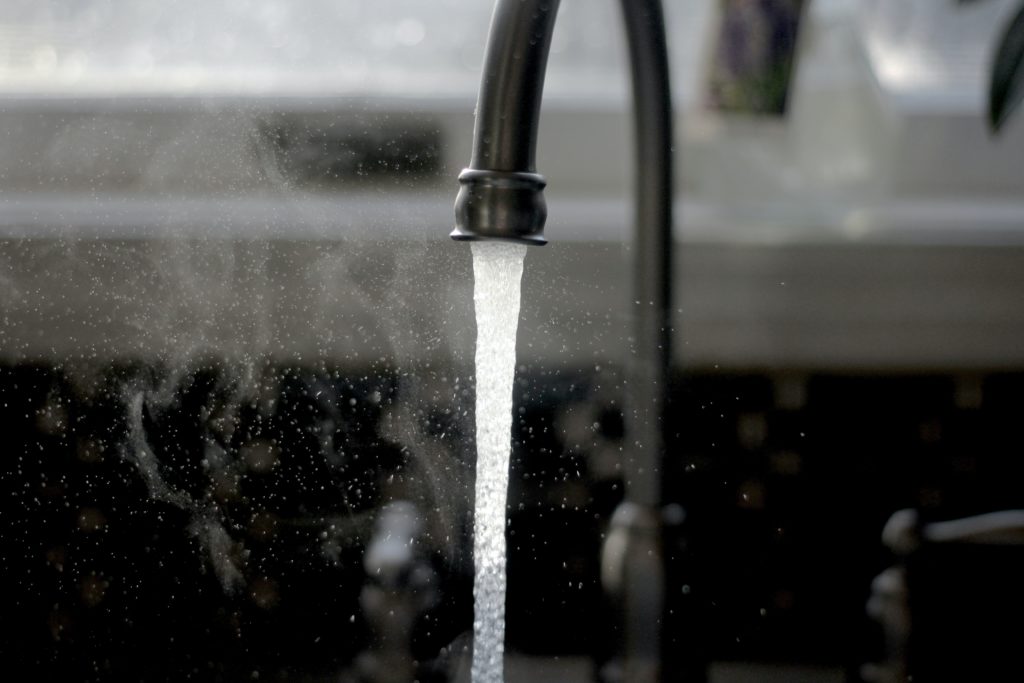
The rules surrounding water arrears are the same as gas and electricity debt. You can include any existing debts in your IVA, and your ongoing monthly payments will be included in your monthly budget so you should find paying future payments manageable.
7. Council tax arrears
Council tax arrears are considered a priority debt because penalties for not paying them can be severe. In rare cases, you could even be put in prison for refusing to pay. These debts can be included in an IVA and if you are unable to pay, it is important that you seek debt advice as soon as possible.
8. Payday loans
Payday loans should be utilised when you need emergency access to funds, and the balance will be repaid on your next payday. However, this is often not the case, and when this becomes a debt you need to pay on a monthly basis it can be very expensive as they have high interest rates. If you only make the minimum payments, the debt will continue to increase. As with other unsecured loans, payday loans can also be included in an IVA.
9. Store cards
A store card can seem like an attractive way of paying for your instore purchases, particularly where there are discounts being offered, or when you might not have the cash available at the time of purchase. Much like with catalogue debts, this type of borrowing can become difficult to manage if you have many balances spread across multiple creditors. The interest rates can often be high.
10. Income tax and National Insurance arrears
Self-employed people struggling with debt often find it difficult to pay their end of year tax and National Insurance bills, alongside managing the repayment demands of their other creditors.
If you are self-employed (or have previously been self-employed) historic debts from HMRC, along with your expected debt for the current tax year will be included as a debt in your IVA along with other unsecured creditors.
11. Tax credits
If you claim tax credits, there is a chance that you can be overpaid. This happens when there are mistakes with the information that the DWP holds about you or your financial circumstances change. Overpayments can be deducted from future tax credits or taken out of your paycheck. These debts can usually be included in your IVA.
12. Guarantor Loans
If you have struggled to find mainstream credit, then a more accessible option is to take a guarantor loan; where you nominate a friend or family member to guarantee the loan repayments in the event that you are unable to meet them. As an unsecured debt, they are also included in an IVA however the Lender will be entitled to pursue the guarantor for any unpaid balance.
Need more IVA advice? Contact us today
At Swift Debt Help, we can give you guidance when applying for an IVA and answer any questions you may have about what debts can be included. We can also discuss alternative options with you.
Fill out the contact form, send us an email, or give us a call and we can help you deal with your debt problem today.
Request a Debt Assessment
May not be suitable in all circumstances, Fees may apply, your credit rating may be affected.
Disclaimer: For guidance only. Financial information entered must be accurate and would require verification. Other factors will influence your most suitable debt solution.
